Cotija Cheese Substitutes, Recipes, Uses Mamá Maggie's Kitchen

Great Value Deluxe American Pasteurized Process Cheese, 24 count, 16 oz
Talk to a doctor. Takeaway. Generally, it's safe to eat pasteurized cheese while pregnant. Be sure to carefully read the label of any cheese you plan to eat to ensure it's pasteurized. Can.
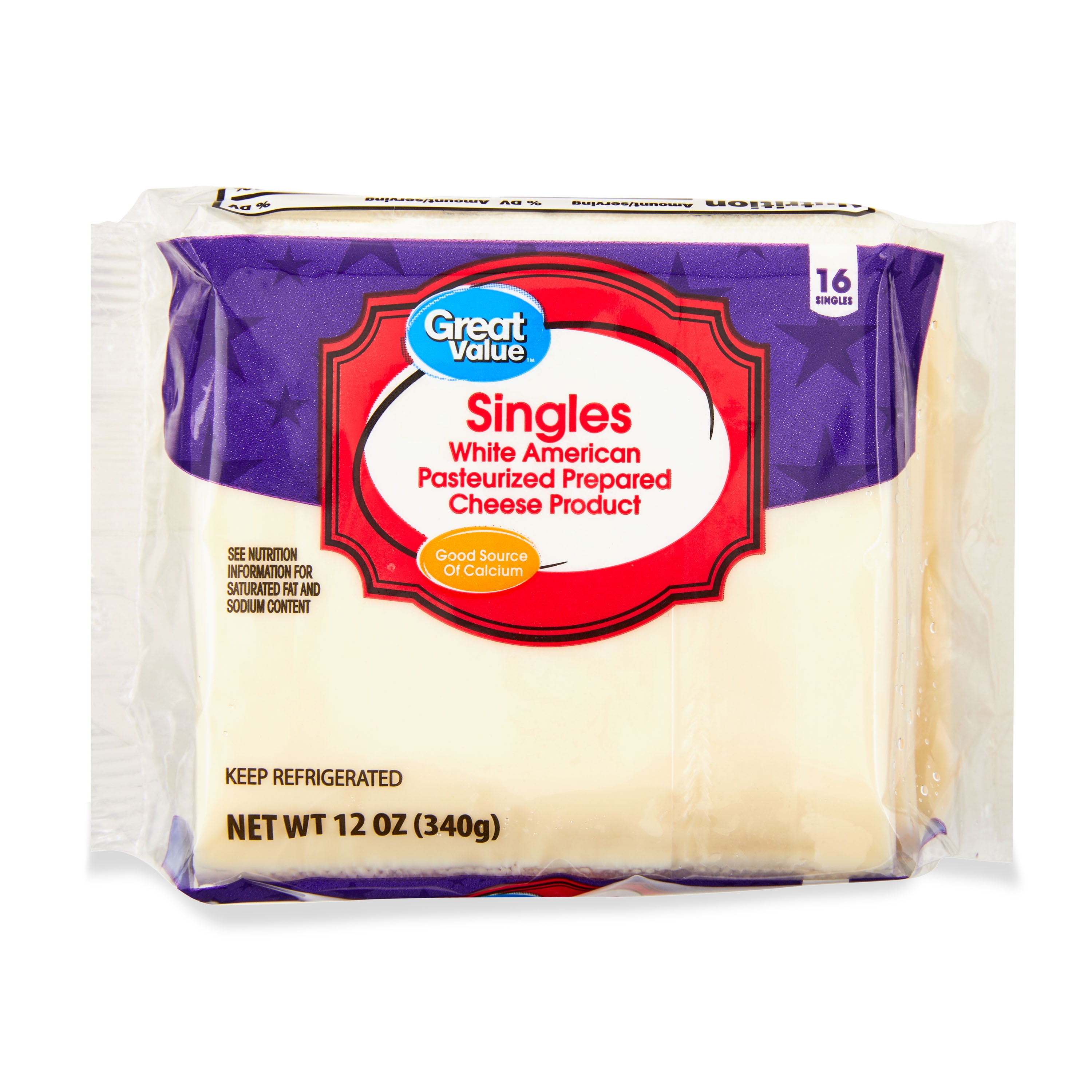
Great Value Singles White American Pasteurized Prepared Cheese Product
Cotija is a dry, crumbly cheese that's typically made from cow's milk. It hails from Mexico and gets its name from the town of Cotija de la Paz in Michoacán where the cheese was once made by "artisan cheese makers living high in the mountains," according to Cacique, a producer of Mexican cheese. Today, cotija is a popular cheese that.
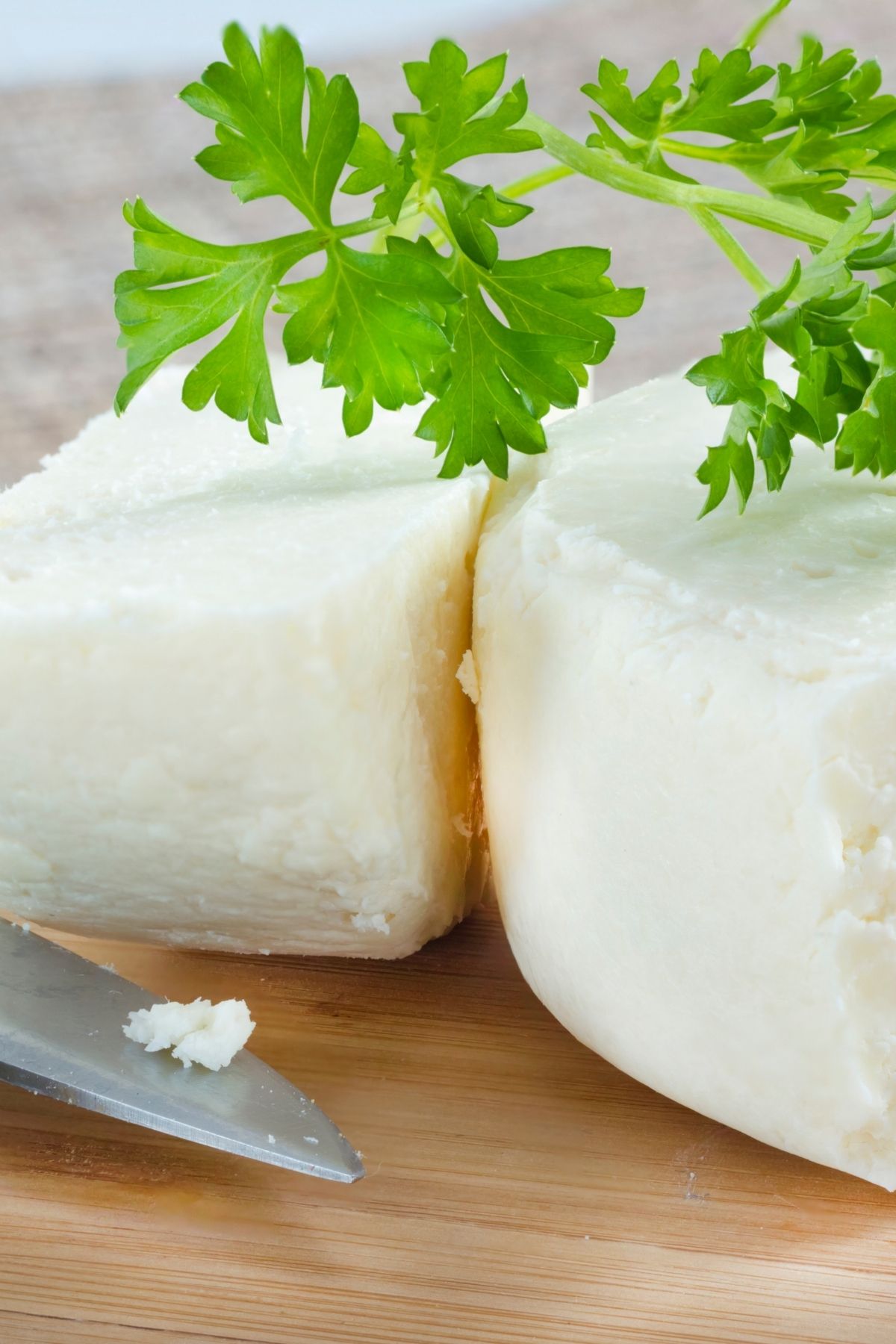
5 Best Cotija Cheese Substitutes IzzyCooking
Cotija is a Mexican cheese named after the town of Cotija in the Mexican state of Michoacán. This hard and crumbly Mexican cheese is made mainly from cow's milk. When young, it is white, fresh and salty, thus bearing immense resemblance to feta cheese. However, with ageing, it becomes hard and crumbly like Parmigiano-Reggiano. Its similarity with Parmesan has earned it the nickname "Parmesan.
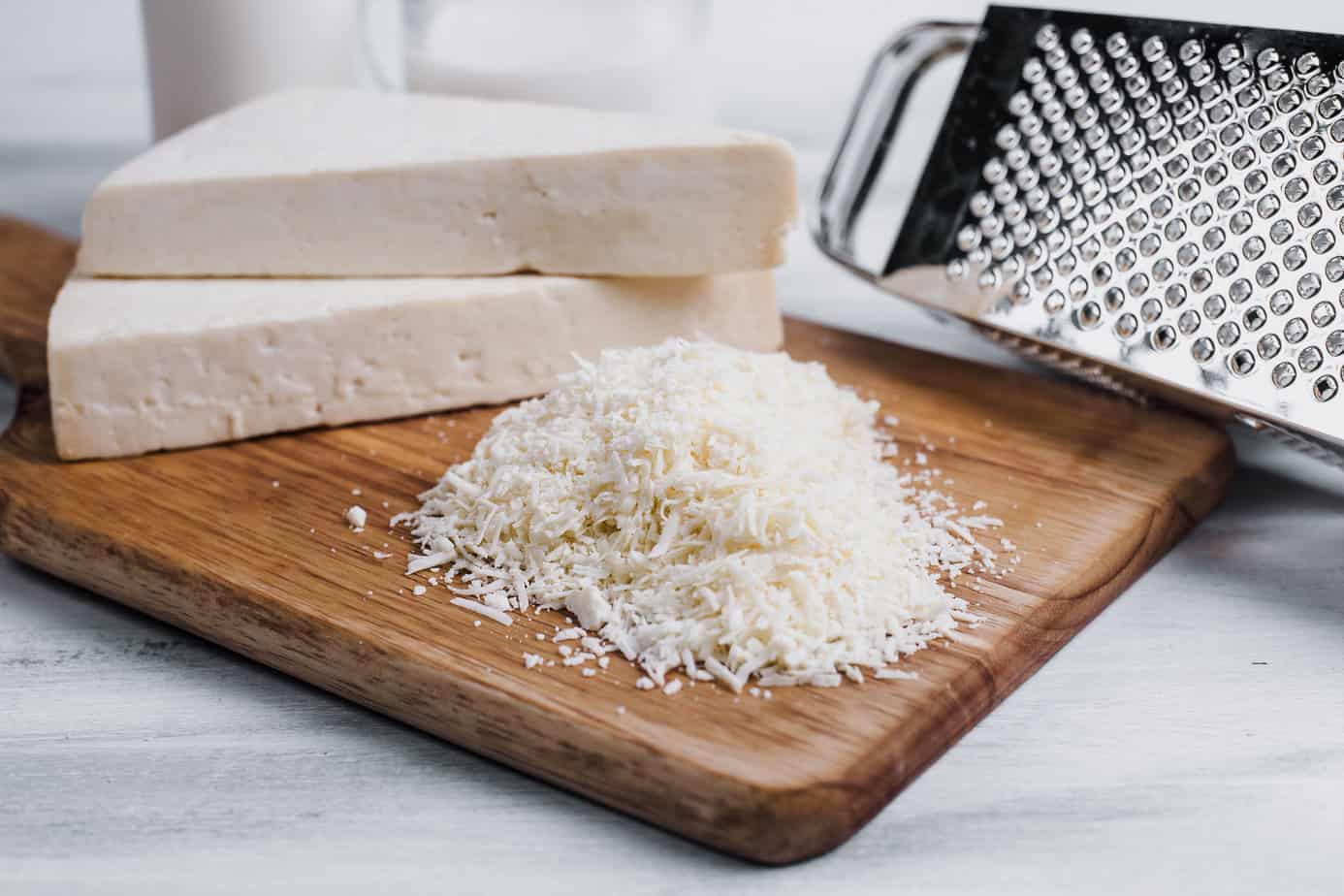
Is Cotija Cheese Safe During Pregnancy? Pregnancy Food Checker
Grana Padano. Another Italian cheese that serves as a Cotija cheese substitute is Grana Padano. Luckily, this cheese is less expensive than Parmesan, making it a more affordable substitute. Similar to Cotija, Grana Padano is made with unpasteurized cow's milk, but requires two milkings and is usually aged for approximately two years.

FileGruyère Cheese Gougères.jpg Wikipedia, the free encyclopedia
Cotija cheese will last around a month in the fridge, and the aged version can last much longer. In the freezer, it should still be used within 6 months, but many people claim it can last up to 12 without going bad. The way you store Cotija massively affects how long it will last.
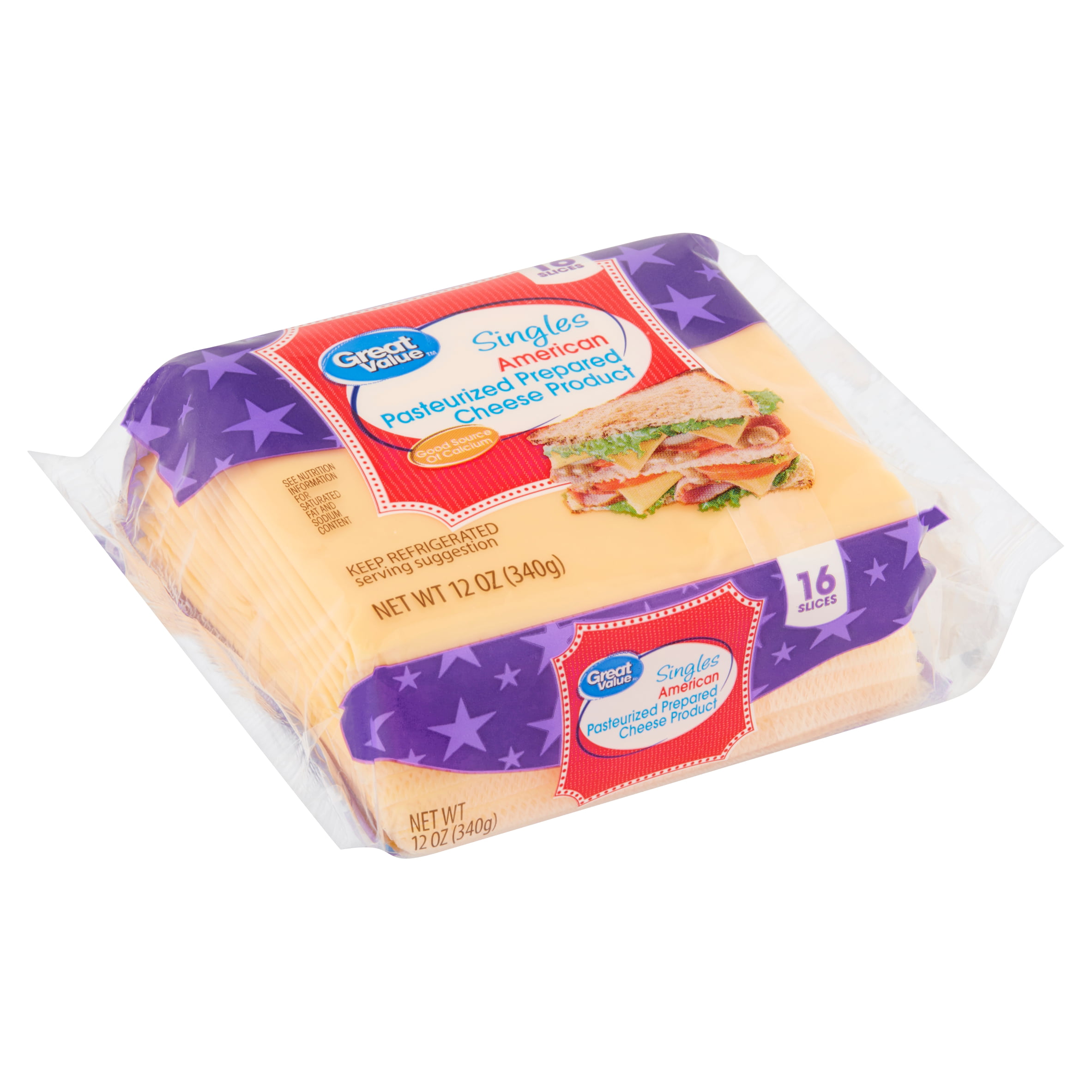
Great Value Singles American Pasteurized Prepared Cheese Product, 16
Bold, sharp, rich and full. Conveniently pre-grated, in unique shaker. Cotija is great with salads, soups, grilled corn on the cob, pizzas, pastas, cooked vegetables. Cotija cheese is originally from the town of Cotija in Michoacan, Mexico, this firm, full flavored, bold cheese is becoming more popular by the minute in the U.S.
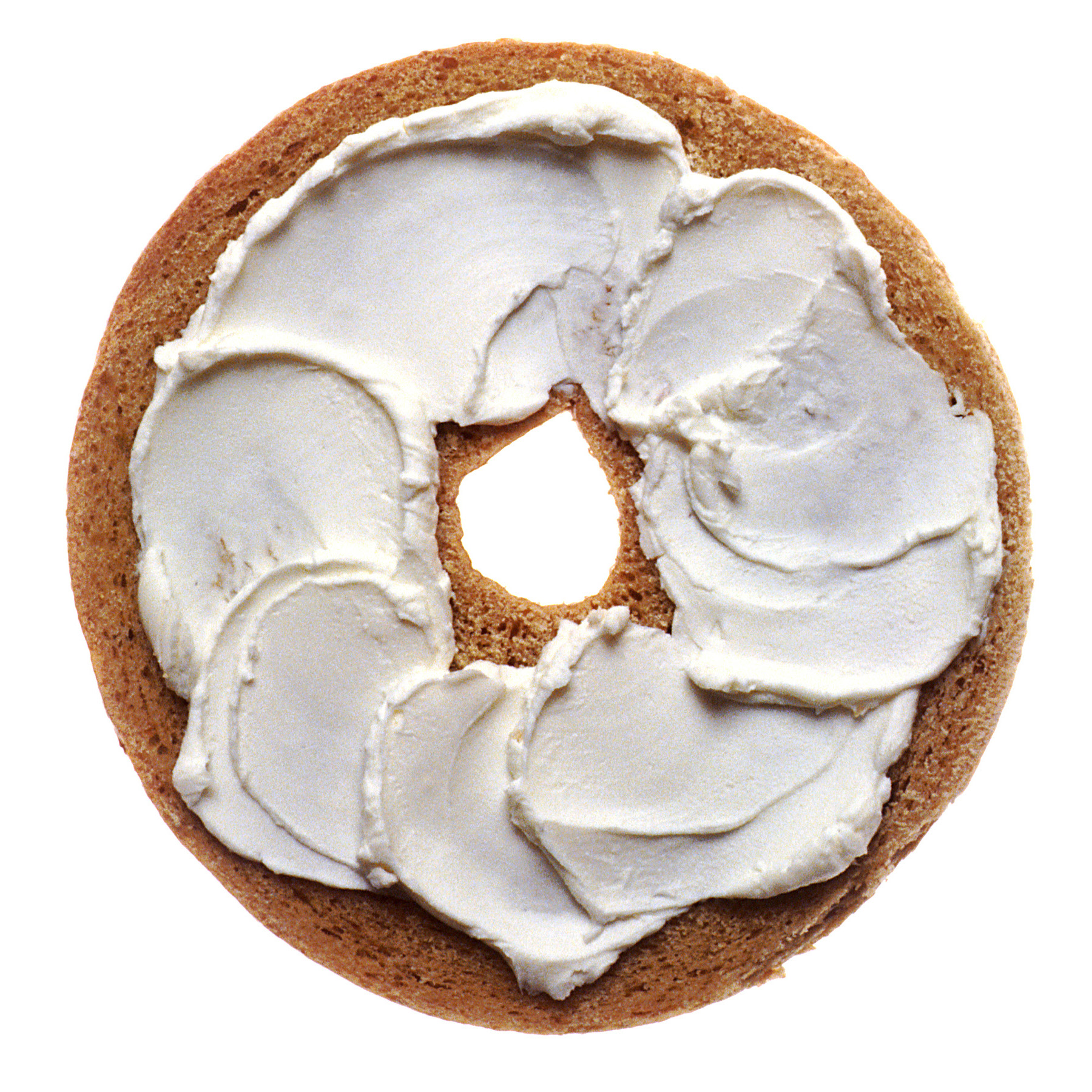
FileNCI cream cheese bagel.jpg Wikimedia Commons
Pasteurized Cotija cheese can typically be found in the dairy section of most grocery stores, as it is a popular choice for recipes and snacking. What dishes can I use Cotija cheese in? Cotija cheese can be used in a variety of dishes, including tacos, salads, soups, and pasta. Its salty flavor and crumbly texture make it a versatile and tasty.

Raw Vs. Pasteurized Cheese Health Benefits Healthfully
Cotija cheese originates from Mexico, and is thought to have been created some 400 years ago. It is made using unpasteurized milk, salt, and rennet, and is aged for at least a year before being marketed (via Mexican Food Journal).According to Mexico Cooks, Cotija cheese has been given the Marca Colectiva designation in Mexico for its unique local production, similar to the designation given to.
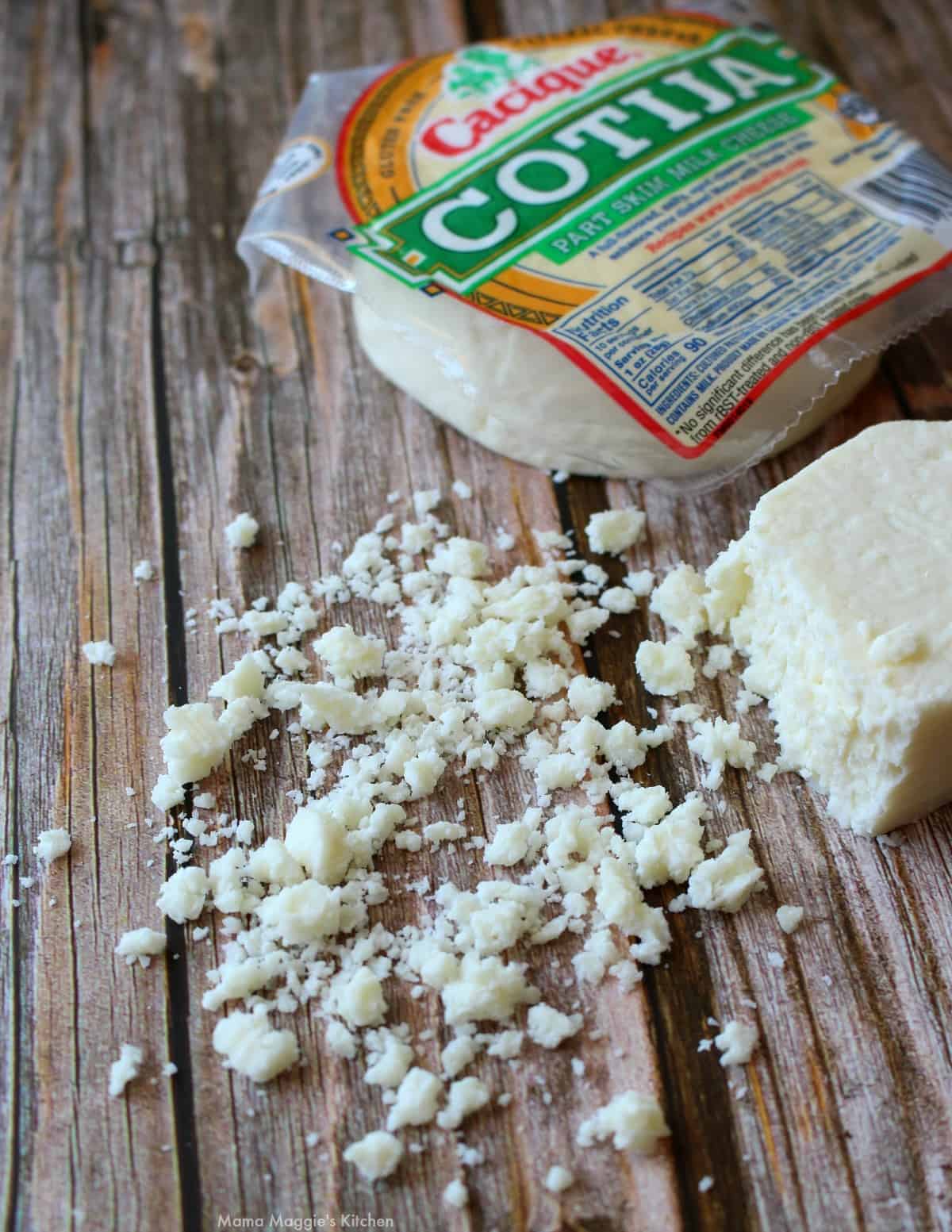
Cotija Cheese Substitutes, Recipes, Uses Mamá Maggie's Kitchen
Traditionally, queso Cotija is a raw, seasonally-produced cheese. From about July through October, Cotija's artisan cheesemakers rely on the rain to enrich the mountain grass for their cows to yield the right flavors for their cheese. Luckily, Cacique's own queso Cotija is available pasteurized year round for whenever the mood strikes.

5 Best Cotija Cheese Substitutes IzzyCooking
Features. Made with Grade A whole, pasteurized cow's milk. Made with milk from cows not treated with the growth hormone rBST. Made without artificial colors or flavors. Aged for six weeks to enhance texture and intensify flavor. Holds its structure in heated applications. Time-Saving: pre-grated. Whole milk provides a dairy-forward flavor.

FileFeta Cheese.jpg Wikipedia
Cotija cheese, named after the town of Cotija in the Mexican state of Michoacán, has a long and rich history. It's an aged cheese, made from cow's milk, that is salty, crumbly, and usually sold in large rounds. This cheese is traditionally made by artisanal cheesemakers, using the same methods that have been passed down through generations.
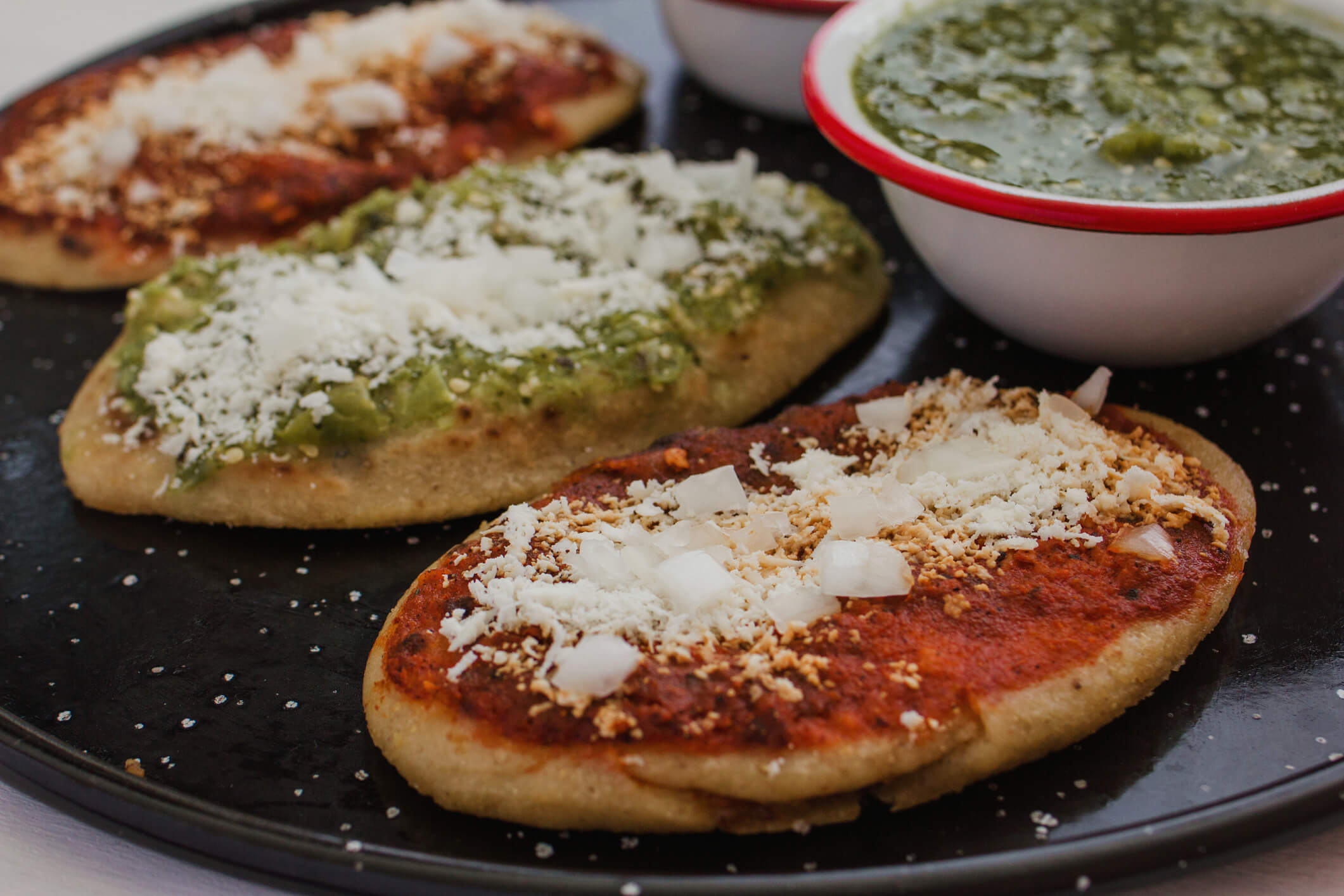
Can I Eat Cotija Cheese While Pregnant? Mexico Cheese
Añejo cotija cheese is even harder and saltier, having more in common with parmesan cheese. Is cotija cheese pasteurized? If you were down in Cotija and wanted to try the real deal, you might end.

Cotija Cheese Cocina California
Steps to Make Cotija Cheese. 1. Heat the Milk: Begin by heating the milk in a large pot to around 86°F. Stir gently to prevent the milk from scorching or sticking to the bottom of the pot. 2. Add Culture and Rennet: Once the milk reaches the desired temperature, add the mesophilic starter culture and calcium chloride.
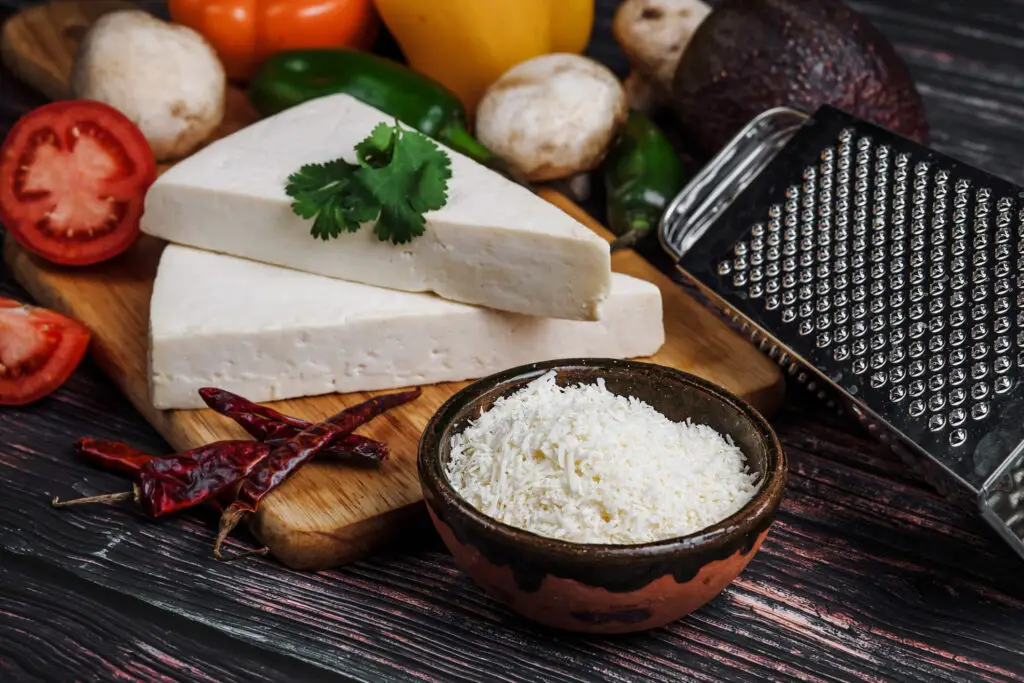
Can I Eat Cotija Cheese While Pregnant? Mexico Cheese
Named after the town of Cotija, Michoacán where it originated, Cotija cheese has a strong, salty flavor and mostly used as a topping or mixed into sauces. Traditionally, Cotija is made with cow's milk and is a seasonal cheese produced by artisan cheese makers living high in the mountains. Cotija rates as one of Mexico's.
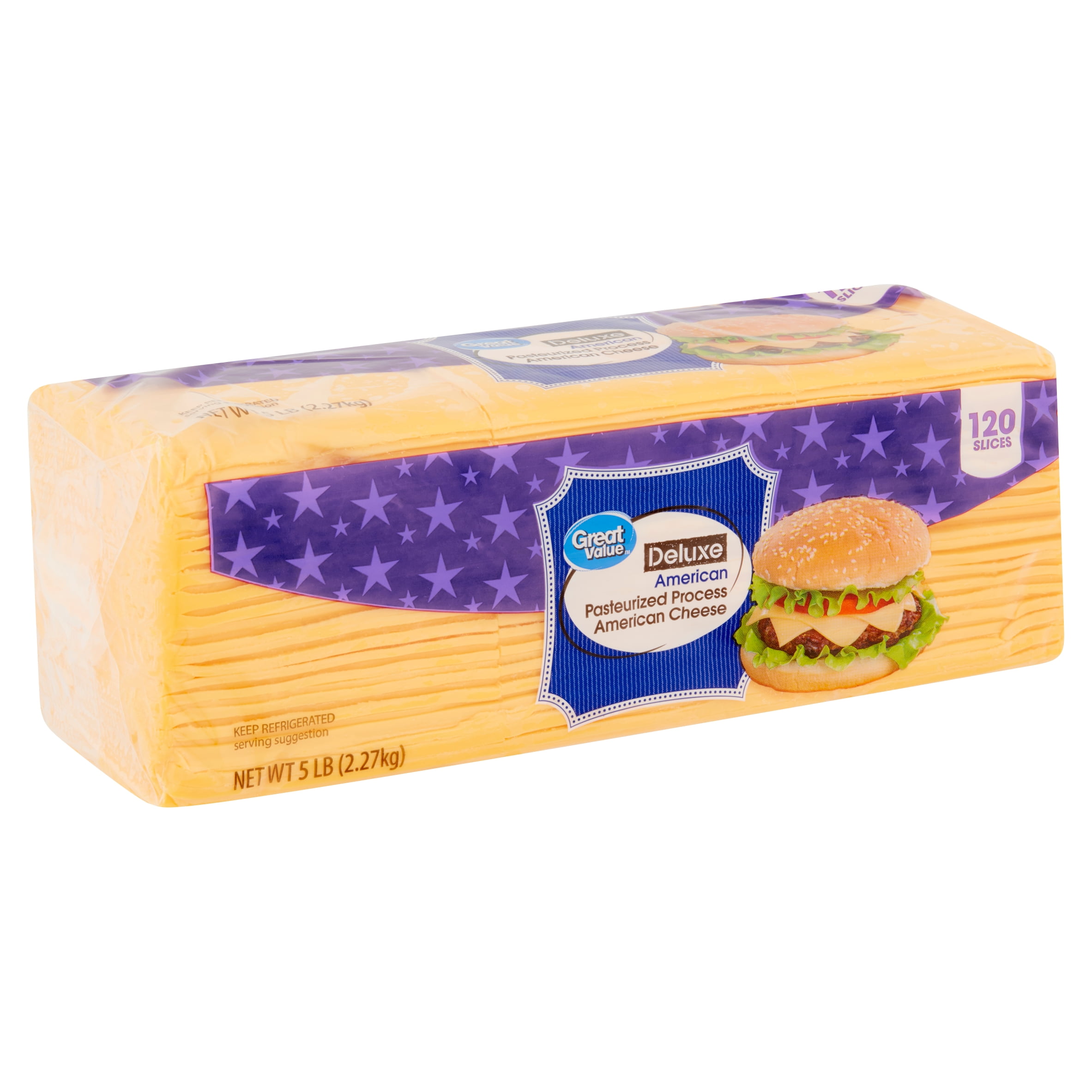
Great Value Deluxe American Pasteurized Process Cheese, 120 count, 5 lb
Created in Mexico, cotija is a cow's milk cheese used to top all sorts of foods, from soups to tacos to salads. The mild and tangy flavor is versatile, securing cotija cheese as a staple in many Mexican states, especially in Michoacán, where it originated. Traditionally, cotija cheese is aged 100 days to 12 months, which helps dry out the.

These are amazing! Repost ibitefood When you grilled Mexican corn is
Place the curds and cheesecloth into the mold. Press at 15 lbs/6 kg of pressure for 30 minutes. Carefully unwrap the curds, flip over, re-wrap, and press again at 15 pounds of pressure for approximately 12 hours. Brining: Prepare the brine solution with warm water and then bring it to room temp.